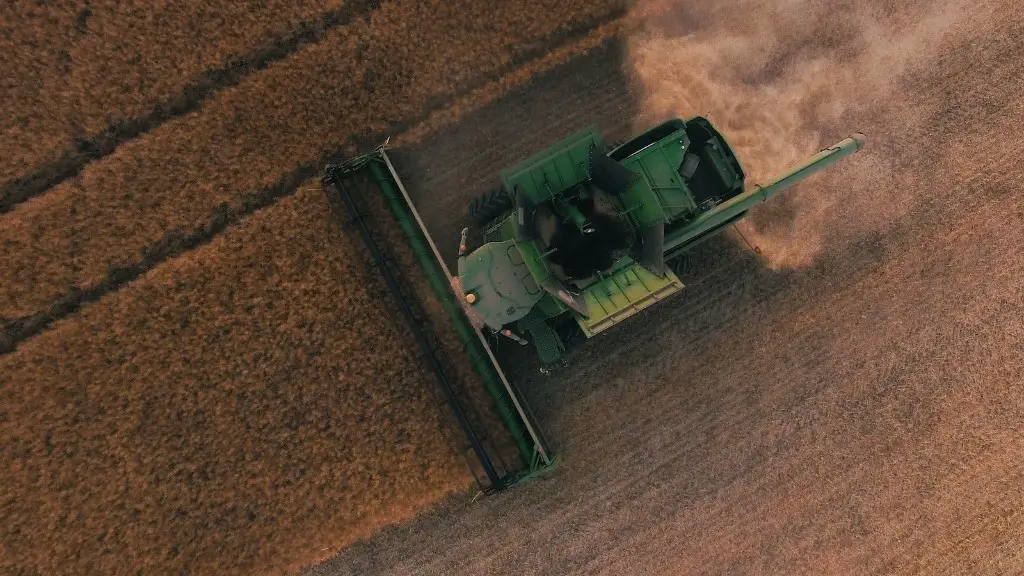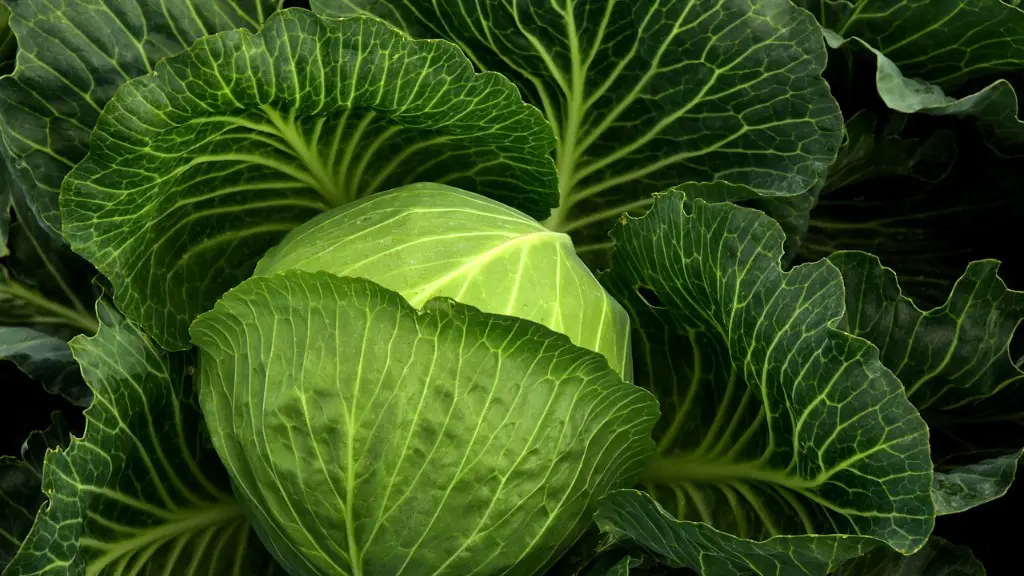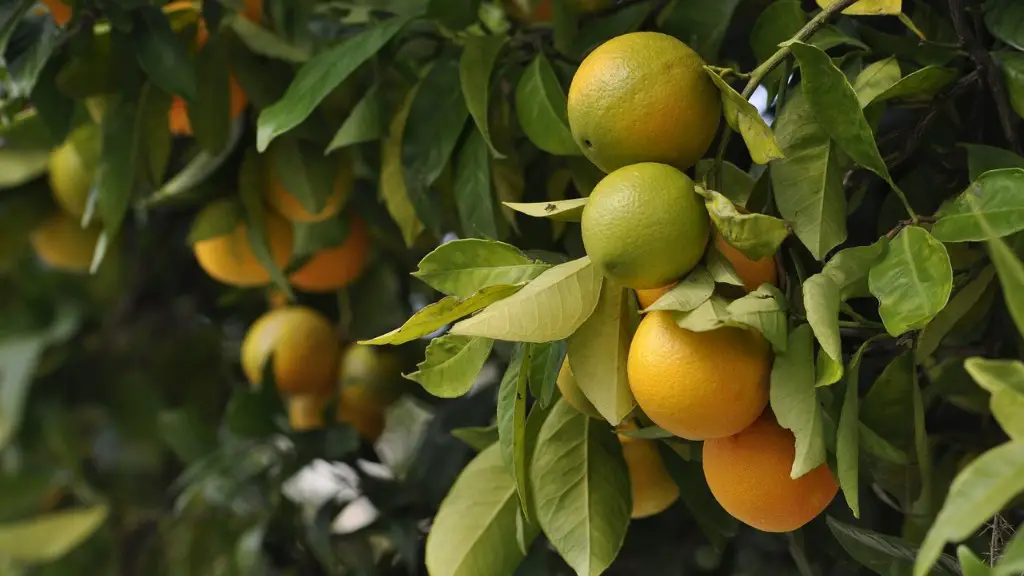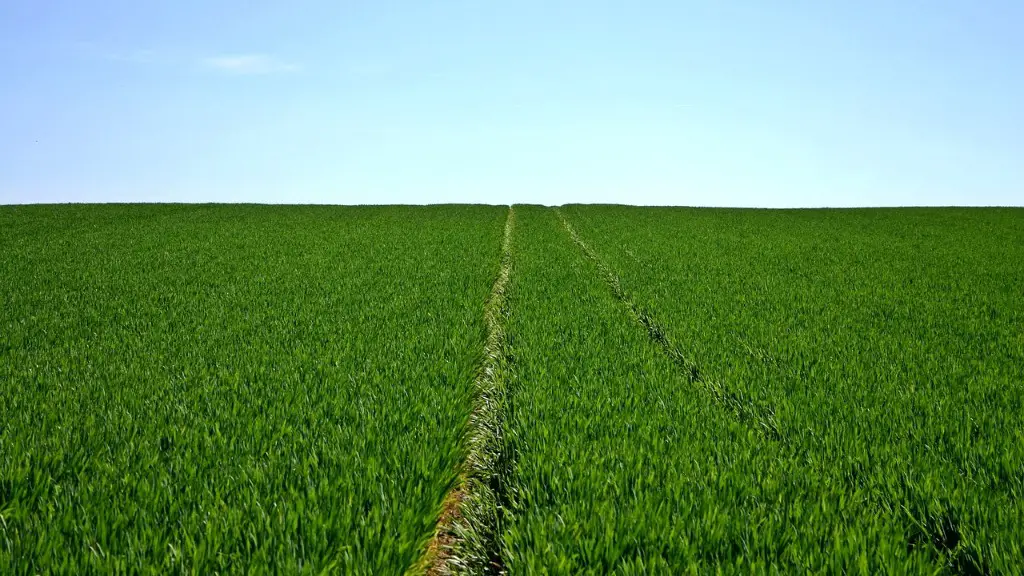Disease control in agriculture plays a vital role in ensuring crop productivity and food security. It involves the use of various techniques to prevent or manage plant diseases. Disease control measures help to safeguard crops from diseases caused by fungi, bacteria, viruses, and nematodes. These measures also help to reduce the spread of diseases in fields and farms.
Disease control in agriculture is the prevention and management of plant diseases. It is achieved through the use of cultural practices, chemical controls, and biological controls.
What is disease control?
Disease control is a critical public health measure that can help reduce the spread of disease and save lives. By reducing the number of new infections, the number of people currently infected, and the number of people who become sick or die from a disease, disease control measures can help protect communities from the devastating effects of disease.
The goal of plant disease management is to reduce the economic and aesthetic damage caused by plant diseases. Traditionally, this has been called plant disease control, but current social and environmental values deem “control” as being absolute and the term too rigid. A more flexible term, plant disease management, encompasses a wide variety of activities aimed at reducing plant disease. These activities include cultural practices, such as crop rotation and the use of resistant varieties; biological control, such as the introduction of natural enemies of plant pathogens; and chemical control, such as the use of fungicides and bactericides.
What is agricultural disease
Crop diseases can be broadly classified into two types: abiotic (non-infectious) and biotic (infectious). Abiotic diseases are caused by unfavorable environmental conditions, such as low or high temperatures and excess or lack of moisture. Biotic diseases, on the other hand, are caused by living organisms, such as fungi, bacteria, and viruses.
1. Exclusion means preventing the entrance and establishment of pathogens in uninfested crops in a particular area.
2. Eradication means the complete removal of a pathogen from an area where it is already present.
3. Protection means applying measures to prevent the spread of a pathogen or to reduce the impact of an outbreak.
4. Resistance means using resistant varieties or strains of crops to minimize the impact of a disease.
5. Therapy means using chemical or biological agents to control or eliminate a pathogen.
6. Avoidance of insect vectors and weed hosts means taking measures to prevent the spread of a pathogen by these means.
What is the importance of disease control?
Routine vaccination is one of the most effective ways to prevent disease and improve health. It can also help to stabilize economies by preventing the spread of disease and reducing the burden of medical costs. UNICEF reports that increased investment in immunization in low- and middle-income countries could avert up to 36 million deaths and 24 million cases of impoverishment due to medical costs.
The four main types of prevention are primordial, primary, secondary, and tertiary. Primordial prevention is the primary stage of prevention that focuses on risk reduction. This is done through education and awareness of risk factors as well as promotion of healthy lifestyles. Primary prevention is the second stage of prevention that focuses on early detection and intervention. This is done through screenings, vaccinations, and other measures. Secondary prevention is the third stage of prevention that focuses on treatment and management of a disease. This is done through early diagnosis and treatment. Tertiary prevention is the fourth stage of prevention that focuses on rehabilitation and long-term care. This is done through physical therapy, occupational therapy, and other measures. Combined, these strategies not only aim to prevent the onset of disease through risk reduction, but also downstream complications of a manifested disease.
What are the methods of disease control in crops?
There are many different control measures that can be taken in order to prevent crop diseases. Some of these measures include using pathogen-free seeds, hot water for seed treatment, soil solarization, and spraying germicidal compounds on seeds. Additionally, crop diseases can also be prevented by simply spraying the crops.
Eradication of a plant pathogen is defined as the complete elimination of the inoculum from an area. Eradication can be accomplished through the use of a variety of methods including chemical, physical, and biological control measures.
Protection of plants from plant pathogens can be achieved through the use of a variety of chemicals or other barrier methods.
Resistance to plant pathogens can be achieved through the use of resistant cultivars or tolerant cultivars.
Therapy of plant pathogens is defined as the treatment of infected plants in order to cure them. Therapy can be accomplished through the use of a variety of chemicals, physical, and biological control measures.
What are the ways of controlling crop diseases
Resistant varieties are the most efficient way of controlling vegetable diseases. Make sure to buy resistant varieties when they are available. Seed catalogs generally list resistant traits of the various vegetable varieties. The selection of planting date can be an effective tool for disease management.
The study of plant diseases is important as they cause loss to the plant as well as plant produce. The various types of losses occur in the field, in storage or any time between sowing and consumption of produce. The diseases are responsible for direct monitory loss and material loss.
How does disease affect agriculture?
Plant diseases are one of the main reasons for reduced production and harvest of crops. Many diseases spread quickly from one plant to another, causing entire fields of crops to be destroyed. This can be devastating for farmers, who can lose a significant amount of money.
Zoonotic diseases are those that can be transmitted from animals to humans, and they are a major concern for public health. Many of these diseases have emerged in recent years, with devastating impacts on both human and animal populations. Avian influenza, for example, has caused millions of poultry to be culled in an effort to control the spread of the disease, and it has also sickened hundreds of people. Salmonellosis is another important zoonotic disease, which can be transmitted from poultry to humans and can cause serious illness and even death. Newcastle disease is another poultry-borne disease that can be highly fatal, and swine flu is a disease that emerged in pigs and then spread to humans, causing a global pandemic. Nipah virus is another deadly zoonotic disease that is transmitted from pigs to humans, and Middle East respiratory syndrome is a disease that has been linked to camels and has sickened hundreds of people. These are just a few examples of the many zoonotic diseases that pose a serious threat to human and animal health.
What are the two types of disease control
Preventive interventions are those that aim to prevent disease from occurring in the first place, while therapeutic interventions are designed to treat disease once it has already developed. Both types of interventions can be essential in protecting public health, but they serve different purposes.
It is important to protect yourself from illness by adopting healthy habits.Handle and prepare food carefully to avoid contamination. Wash your hands often, especially before eating. Clean and disinfect surfaces that are commonly used. Cover your mouth and nose when you sneeze or cough. Avoid sharing personal items. Get vaccinated to help prevent illness. Avoid touching wild animals. Stay home when you are sick to avoid spreading illness to others.
Which is the simplest method of disease control?
Hand washing with soap and water is the simplest and one of the most effective ways to prevent transmission of many communicable diseases. However, many people do not wash their hands properly or do not use soap, which can lead to the spread of disease.
The plants and crops in any place have evolved with the local pathogens so are able to survive. Those same pathogens can be deadly to plants in other parts of the world. This is why the movement of foods, seeds, timber, whole plants and soil is regulated.
Final Words
The control of disease in agriculture is the prevention, management and reduction of the incidence of plant and animal diseases.
Disease control in agriculture is the process of preventing or managing plant diseases in agricultural systems. It is a critical component of food security and crop production. While there are many strategies for disease control, effective disease control depends on an understanding of the biology of the pathogen and the plant, as well as the environment in which the pathogen and plant interact.





